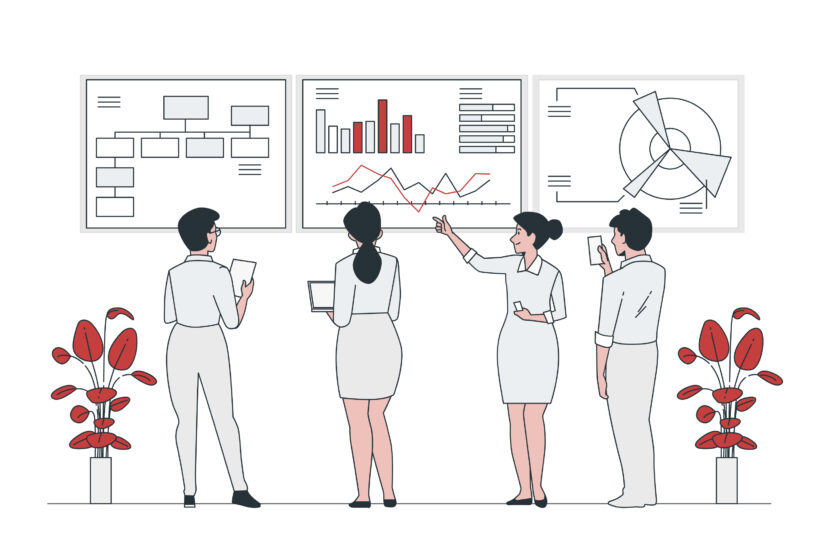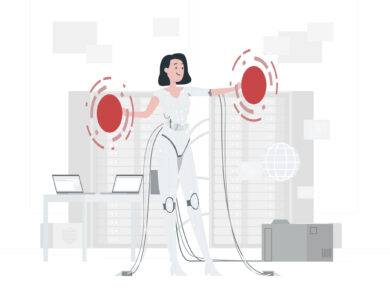A fine morning in 2008, China realised that it could no longer ignore the threat posed by the rise in the rate of pollution. They were preparing to organise an important international event, Olympics 2008. It was almost impossible for them to even think of sacrificing their reputation. They decided to go for some radical measures. As a result of that, they managed to bring down the pollution rate considerably. The 2008 Beijing Olympics went well, and the Chinese government received wide appreciation for the way they organised the program.
Within years after the event, the government realised the extent of harm done by the policies they had adopted to bring down the pollution rate.The late realisation forced the government to look for out of box ideas, which brought them to the thought of exploring advanced technology tools like Artificial Intelligence.In the year 2014, the Chinese government inked a deal with technology giant IBM. The deal demanded the tech giant to come up with a creative solution using AI to bring down the pollution rate.It was a tremendous success. It’s one of the first successful models of AI-powered governance.
The development opened up a series of discussions and deliberations in this regard across the world.Since then, several countries, especially those in the developed world, have tried similar creative models to bring more efficiency into their governance.The models executed in the USA, Australia and Japan have received strong critical appreciation for their quality and efficiency.AI, as a technology, is only 60-year-old. Its origin can be traced to Turning Machine, developed by Alen Turning. From that humble beginning, the technology has grown so much.This technology is the fine blend of variety of study areas from science, mathematics, philosophy, psychology and linguistics to computer science.
Notably, it is much younger than other advanced technologies, which enjoy the same status.A government can better serve their population through this technology, which has the potential to support almost all their primary functional areas from education, infrastructure, transport, finance, telecommunication, policy making, general management and research and development to health.Australians also have an interesting AI story to share. They attempted to better their financial sector with the technology. They installed a system, capable to detect tax defaulters. The system was also a great success, and managed to considerably reduce the number of fraud cases reported yearly.
Meanwhile, for Japan, AI was a life saver. The Asia country is very sensitive in the area of environment. They regularly experience natural disasters. Using the predictive potential of AI, the country has managed to develop a solution for this sensitive issue.Till now, majorly, the developed world has benefitted from the technology. The potential can do wonders in the developing world as well as in the under-developed world. It has to be brought to these worlds too.Assume that the Indian government has created a plan to improve the maintenance of its railway system. Definitely, it can bring more efficiency into the framework. It makes it easy for identifying those areas where maintenance is required and ensuring that the requirements are properly addressed.







